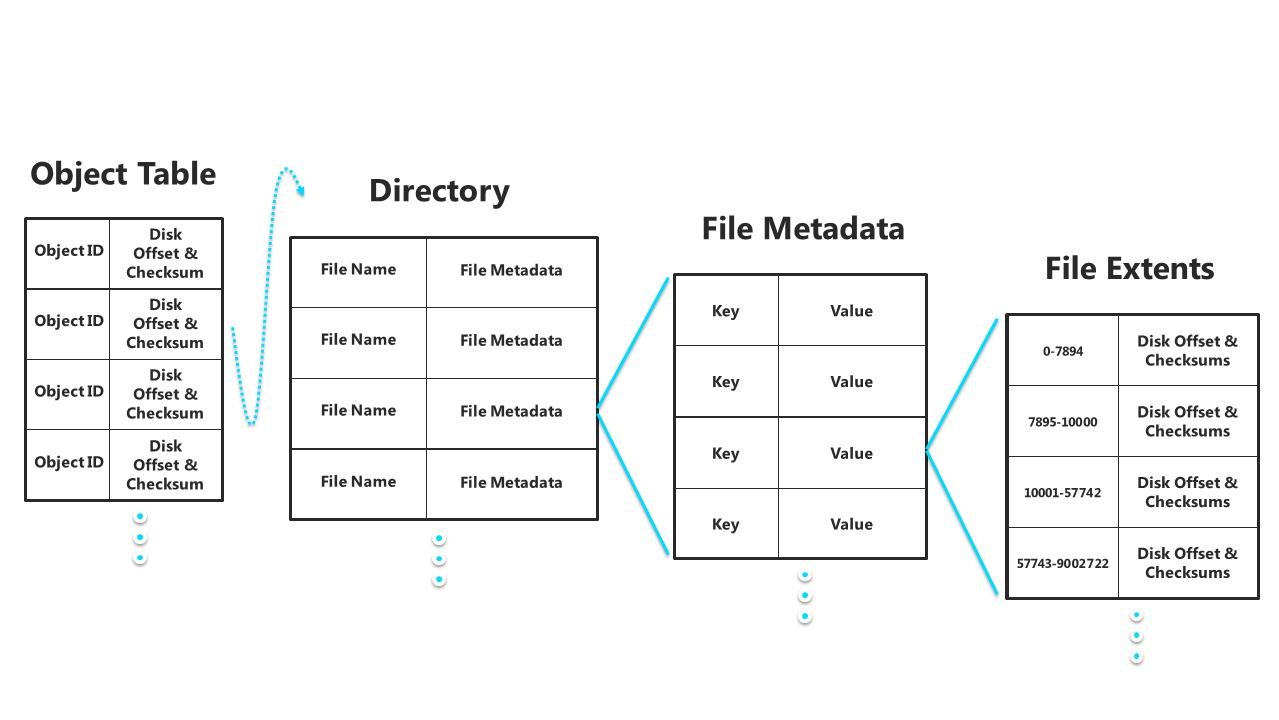First things first. ReFS stands for Resilient File System and it’s the next generation file system for Windows. Like NTFS, this new technology will only be available for the new Server edition of Windows 8 but of course, machines using NTFS will obviously get access to stored data on ReFS.
The main goals of the new FS are:
- Maintain a high degree of compatibility with a subset of NTFS features that are widely adopted while deprecating others that provide limited value at the cost of system complexity and footprint
- Verify and auto-correct data. Data can get corrupted due to a number of reasons and therefore must be verified and, when possible corrected automatically. Metadata must not be written in place to avoid the possibility of “torn writes”.
- Optimize for extreme scale. Use scalable structures for everything. Don’t assume that disk-checking algorithms, in particular, can scale to the size of the entire file system.
- Never take the file system offline. Assume that in the event of corruptions, it is advantageous to isolate the fault while allowing access to the rest of the volume. This is done while salvaging the maximum amount of data possible, all done live.
- Provide a full end-to-end resiliency architecture when used in conjunction with the Storage Spaces feature, which was co-designed and built in conjunction with ReFS.
The key features of ReFS are the following (some with conjunction with Storage Spaces)
- Metadata integrity with checksums
- Integrity streams providing optional user data integrity
- Allocate on write transactional model for robust disk updates
- Large volume, file and directory sizes
- Storage pooling and virtualization makes file system creation and management easy
- Data striping for performance (bandwidth can be managed) and redundancy for fault tolerance
- Disk scrubbing for protection against latent disk errors
- Resiliency to corruptions with “salvage” for maximum volume availability in all cases
- Shared storage pools across machines for additional failure tolerance and load balancing
ReFS, of course, also inherits a lot of features from NTFS and you can get a lot more info about this new file system directly from Building Windows 8 blog:
Building the next generation file system for Windows: ReFS


No comments:
Post a Comment